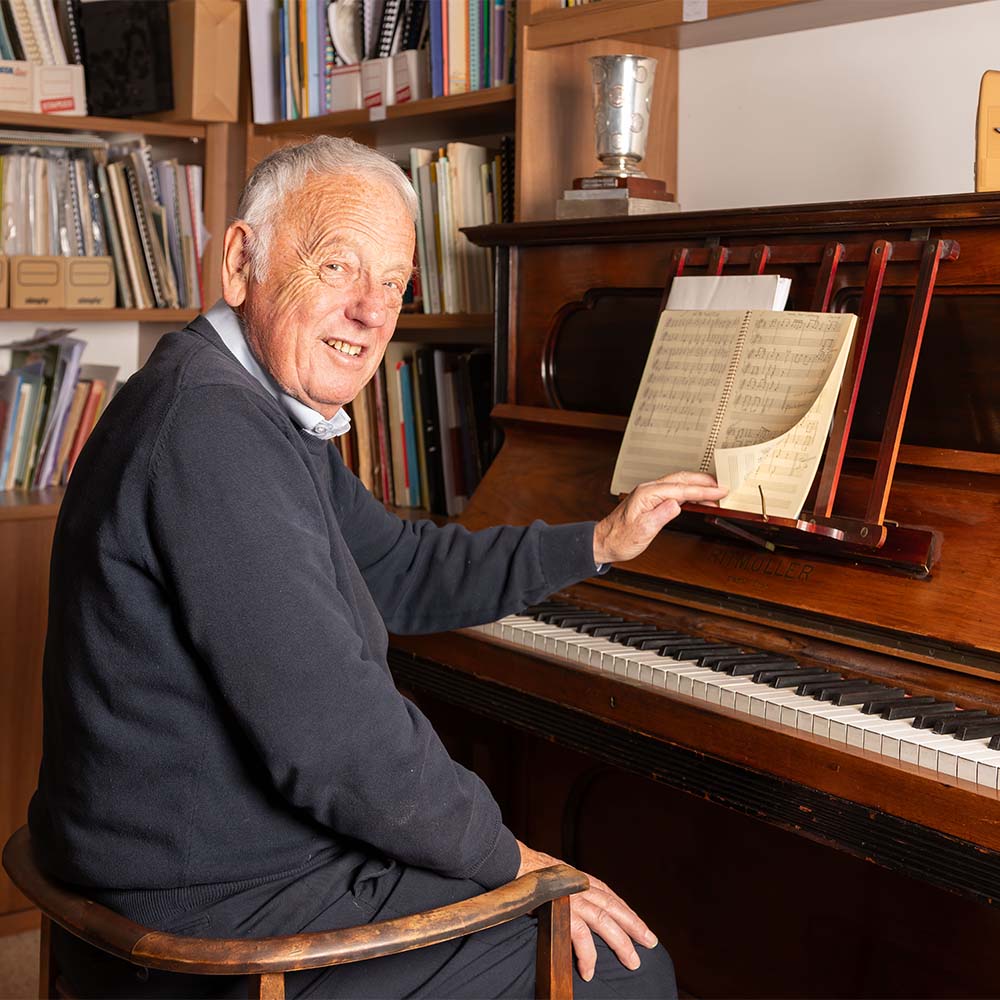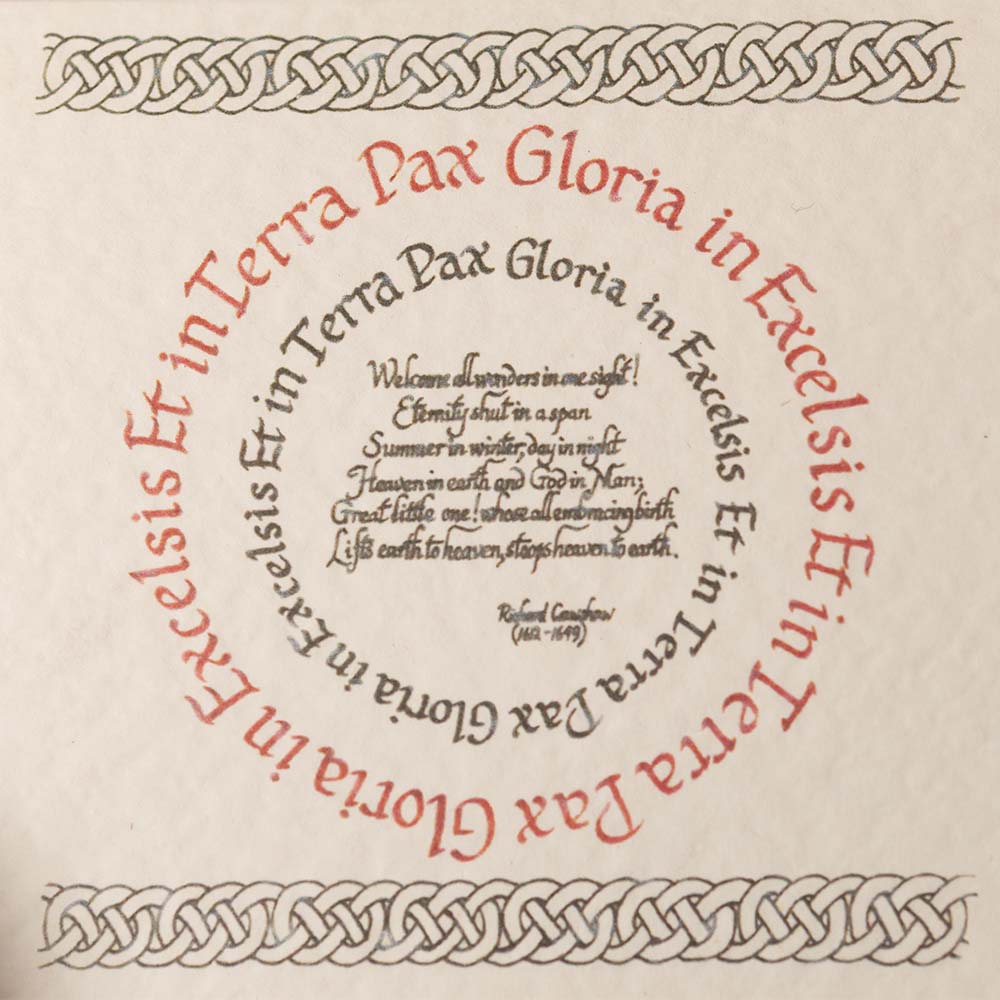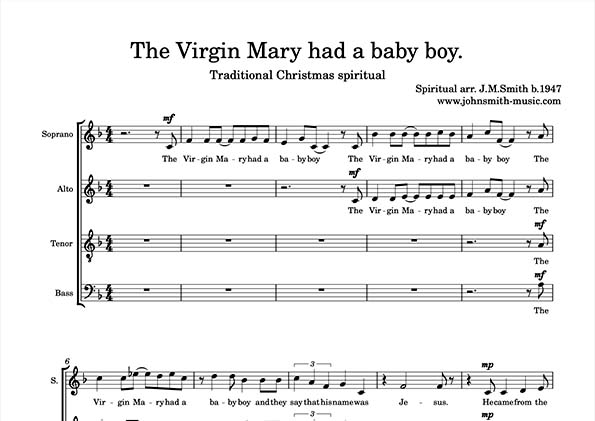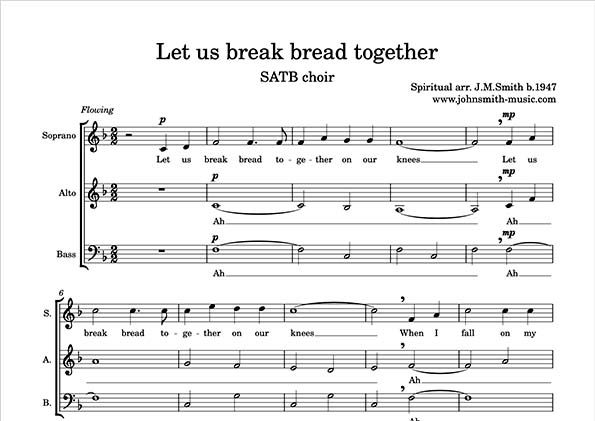
John Smith
choral music composer
John Smith has had a long career in choral singing and music education. As a composer of choral compositions he values singability and an understanding of the human voice as a lyrical instrument.


John Smith has had a long career in choral singing and music education. As a composer of choral compositions he values singability and an understanding of the human voice as a lyrical instrument.













